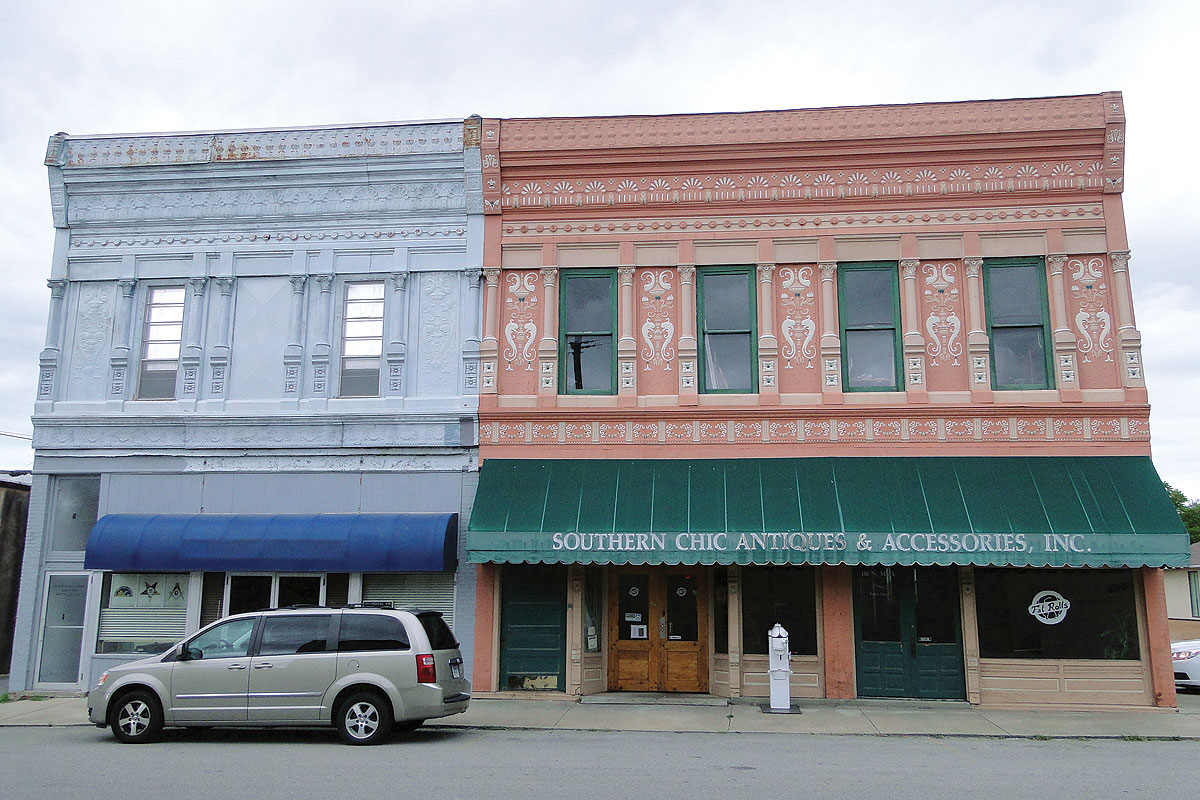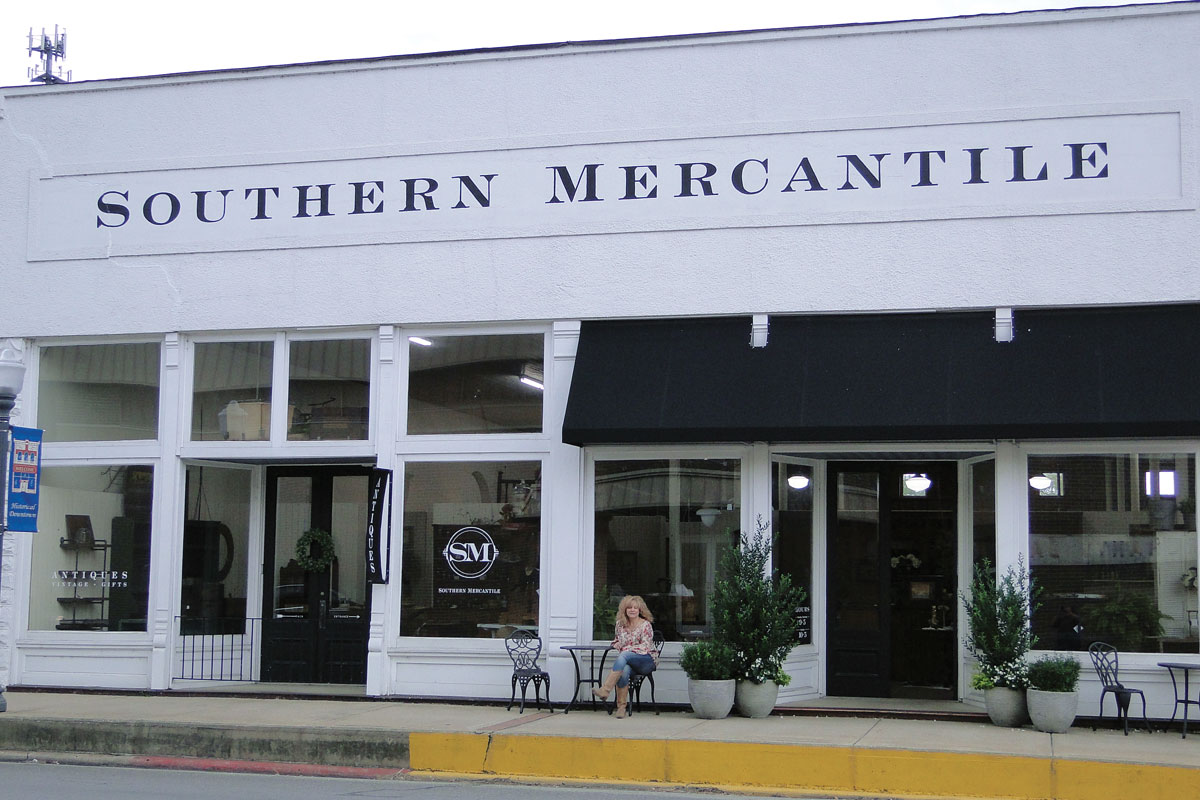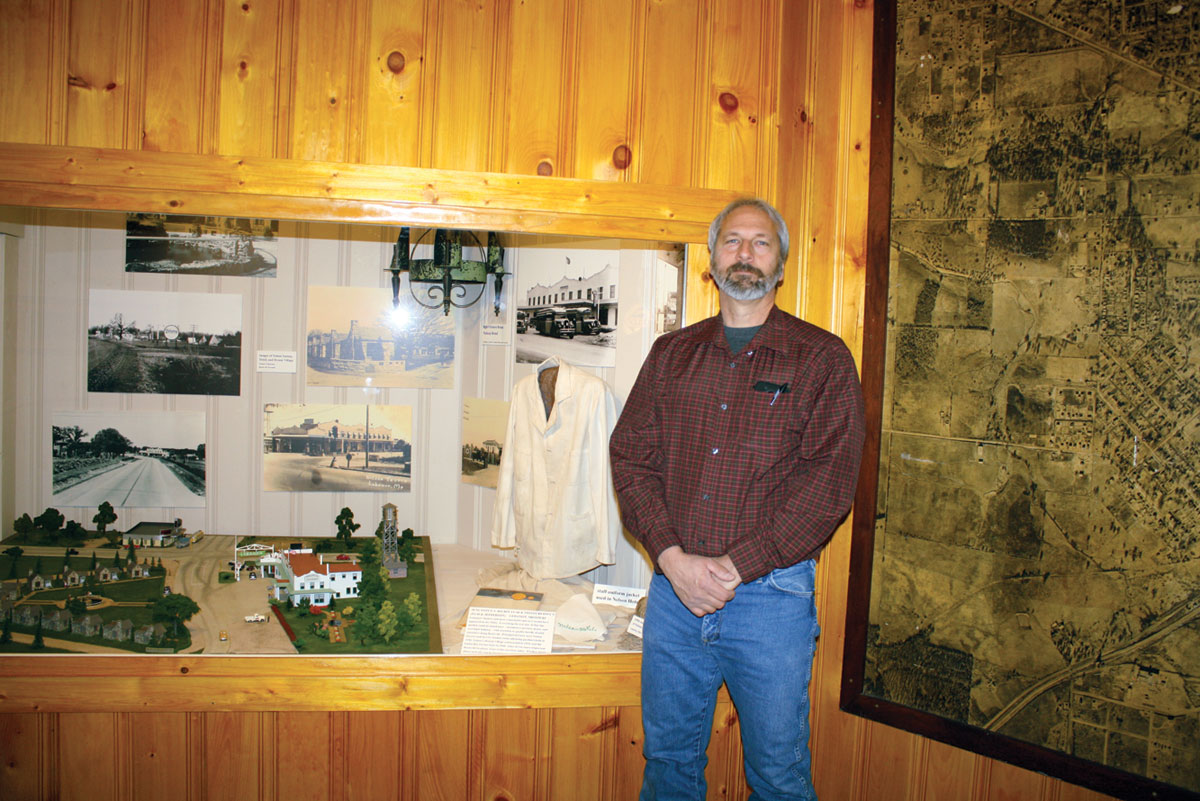
Prairie Grove, Ark., revitalizes its historic past through a state preservation foundation
In the 1820s Prairie Grove, Ark., was open land with clearing first begun by Tom Wagnon, who later traded his land with Rev. Andrew Buchanan for another suitable piece of land and two sermons. The Buchanan land contained a spring that today is part of a small but captivating town park. The spring is surrounded by a protective black wrought-iron fence and is commemorated by a plaque describing its importance in the town settlement. Mock Park and named after Dr. Will H. Mock, who purchased the land in 1901 and donated it to the city in 1963.
Prairie Grove is west of Fayetteville, Ark., and most often recognized as the site of a Civil War battle in 1862 and the annual Clothesline Fair. The battlefield site is commemorated by a museum and extensive grounds which include period buildings, most of which were moved to the location. A little over 40 years after the Civil War, the United Daughters of the Confederacy bought 9 acres as a commemorative park and began a reunion for Civil War veterans, reputedly selling fund-raising quilts and hanging them on a clothesline. Although the attack on Pearl Harbor ended the veteran reunions, the modern Clothesline Fair began in the 1950s and features vendors and square dancing.
Prairie Grove residents have always honored their history. Merchants and leaders of Prairie Grove wanted to further publicize and expand these efforts by making its physical appearance even more reflective of the main streets of long ago. As part of this process, the town formed a nine-member volunteer board and submitted a competitive application to the Arkansas branch of the National Trust for Historic Preservation founded in 1980. The purpose of the Main Street USA program is to beautify historic areas through front and rear façade renovation, rehabilitation, and new construction projects. Arkansas joined in 1984 and currently has 18 cities and towns awarded the title of Main Street USA. Prairie Grove won admission in the fall of 2017.
The application process begins with the nine volunteer board members. The first meeting was called by Rick Ault, now the chairman of the Main Street Prairie Grove Committee. Kay Shreve is one of those merchants seeking to improve her antique flea market business by helping to improve the town’s appearance and appeal. She volunteered to be a board member while her husband John just mumbled, “Oh, no, not again.”
Applications for Main Street USA are analyzed according to various criteria which include a desire to improve physical appearance combined with proof of the community’s previous willingness to do so. An important example for Prairie Grove is The Second Saturday of the Month, an event each month intended to draw people to the town. Event focus varies and has included a Dutch oven cookoff, a street dance, and a “big toy” show, as well as the annual Christmas parade and a flag retirement ceremony that includes honoring veterans.
Other considerations when reviewing the applications are a partnership of both public and private committee members, an awareness that the process is ongoing rather than a one-shot fix, and community willingness to accept and support change. Prairie Grove submitted a larger geographic area for preservation and was initially accepted.
The biggest advantage to the community is that Main Street USA provides designers, architects, engineers and other experts free of charge in order to help winning communities maintain and further develop historical integrity. In return, the recipients provide labor and materials. Prairie Grove’s first phase includes decorative banners, updated trash receptacles, matching benches and a plaque in front of each building describing its history.
An example of appropriate preservation is the building now housing the Masonic Lodge. That building, plus Fat Rolls Bakery next-door, used to be one building originally constructed in 1903 as the Masonic Temple and placed on the National Register of Historic Places in 2018.
Another significant structure is the Cumberland Presbyterian Church. In 1838, the Cumberland Presbyterian Church bought a little more than 2 acres for $25 from Rev. Buchanan and his wife Sinai. Three churches have been built on the site with the third dedicated in 1890. Services in that facility were discontinued in 2014. However, the church has important connections to the Civil War and to Cumberland Presbyterian history with the facility now used for weddings.
Merchants are eagerly anticipating projects designed to help their individual businesses. Kay’s building, constructed in the 1920s as a clinic for Dr. Mock, was abandoned. Many years later plans for making it a series of offices fell through. Eventually Kay established an antique flea market named The Locals in the partially renovated but mostly deconstructed building. Her goal is to use the Main Street USA people to redesign both the interior and exterior of her building. She will then follow their designs and specifications as her personal contribution to Prairie Grove’s Main Street beautification while also further developing her business.







